For almost a quarter of a century, Montreal photographer André Pichette has thrilled Canadians with images of the leading personalities in a wide range of Olympic and professional sports.
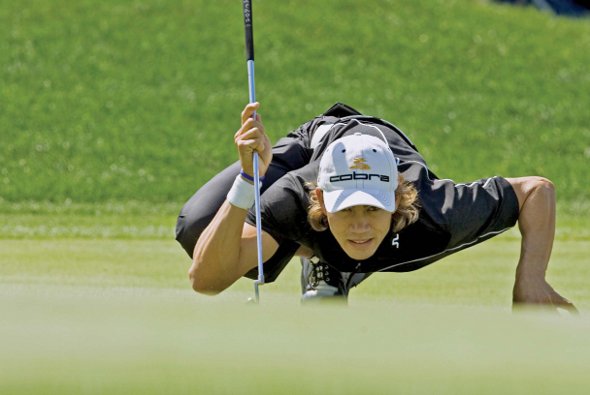
Since my trip to cover a PGA tournament, I have seen many photos of Camilo Villegas crouching close to the ground to envision the path of the ball, but I have never seen a photo of him in this position. It was necessary to analyse the movement to find a spot where I could capture this perspective, and the definitive moment for the photo. In the photo, the ball is just in front of the golfer, and I had to shoot at ground level to see his eyes, lined up with the ball.I shot at 1/500 second at f/7.1, ISO 200, and used the 400mm lens. In a situation like this, you have to shoot fast because you have very little time to catch the essential moment.
André Pichette’s unique perspective and perseverence in difficult photographic situations has produced images that have appeared in many of the leading publications of the world – including, among others, Paris Match, Sports Illustrated, The New York Times, USA Today, Gala, and, of course, a long list of photo enthusiast magazines! We asked André to share some of his experience with PHOTO News readers – his suggestions will help you enhance your skills for a range of sports and action photography this summer!
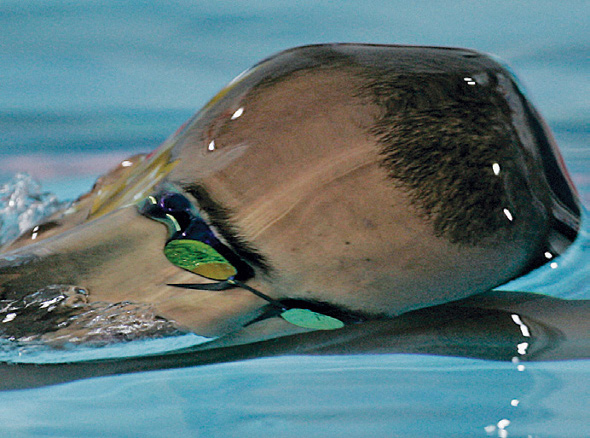
This action photo was shot in ambient interior light with a 400mm f/2.8 lens. I set the camera to 1/250 second at f/2.8, ISO 800, and waited for the definitive moment to trip the shutter.
How does a sports photographer pick the best vantage point for each sport?
Above all, you have to understand the sport, because you must not forget that you are a photojournalist – your photo tells the story of the event that you are covering. Of course, this does not infringe upon your artistic perspective, and the creation of a beautiful image. Adapting a different point of view for your photos can often produce a very different image, that covers the sport from a new and imaginative perspective.
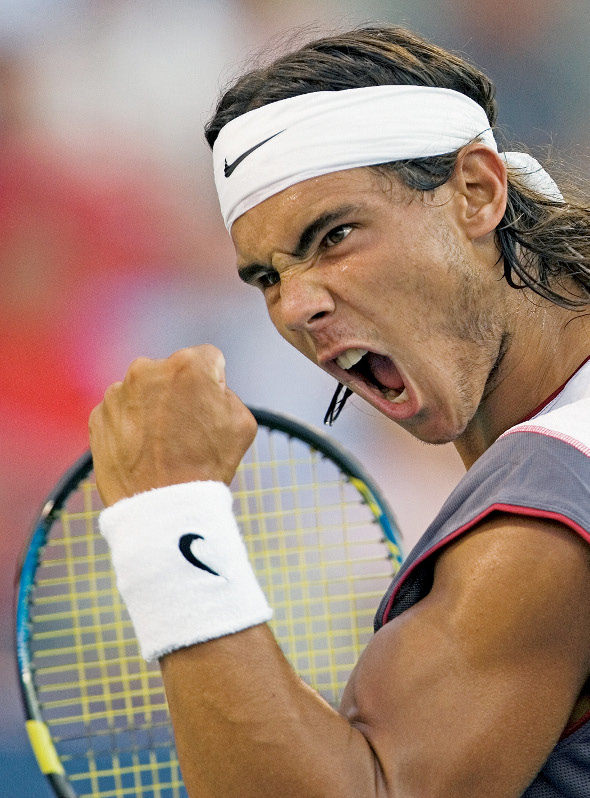
Rafael Nadal vs Mathieu 436 – The moment of victory - captured at 1/800 second, f/3.2, ISO 400, with the 400mm f/2.8 lens.
What technique do you use to track focus?
I use the AF Servo mode on my Canon system, which works beautifully – but you must always anticipate the movement to capture the best results.
What are your basic tips for setting ISO, shutter speed, and aperture for the various images?
It all depends on the sport – whether it is indoor or outdoor, and what quality of ambient light is available. With a fast /2.8 lens you can use the highest possible shutter speeds combined with a low ISO setting. Today, with the Canon EOS 1D Mark IV, almost every shot is possible with good results up to ISO 12,000, but I always try to keep the ISO as low as possible for the best image quality.
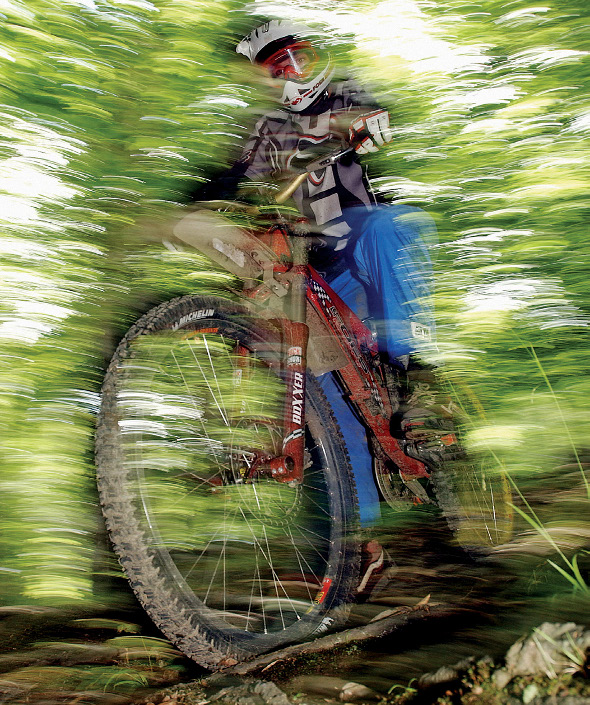
Photos in action – the cyclist was effectively frozen in time by the speed of the fill flash – I created the illusion of movement as I panned from right to left during the relatively slow 1/30 second exposure.
Do you shoot RAW, then post process each image, or shoot JPEG?
I always shoot RAW because the quality of the image is so far superior that it makes a big difference in the final photograph. With the large image file you retain the highest quality, and you have the greatest amout of latitude for colour correction and post-processing the image.
Can the average photographer achieve similar results with consumer level DSLR cameras and lenses?
The images and the quality of the photographs can be obtained with a wide range of equipment, but each camera system will produce slightly different results. Personally, I can see a difference in the colours rendered by the various cameras and lenses. There are other differences as well – for example, if you use a lens with a slower maximum aperture (f/5.6 rather than f/2.8) you may have to use a higher ISO, or a slower shutter speed, and this may produce a less impressive result, even on a pro-level camera. On the other hand, some cameras may not have autofocus capailities as effective as the pro-calibre models, and this may produce fewer successful images, even with the best lenses.
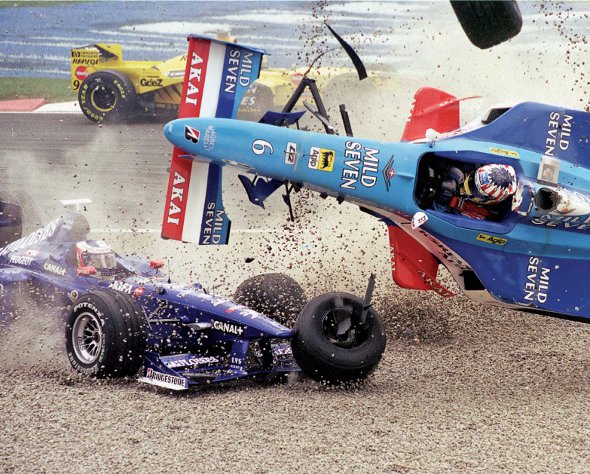
This dramatic image of Alexander Wurz crashing his car was shot at 8 frames per second, 1/2000 second at f/8. I was able to capture the complete sequence of the accident while holding the camera with one hand! I had two cameras at trackside - one with the 70-200mm zoom, and the other with a 400mm telephoto. In the days of film, we were limited to 36 exposures per roll of film, and a sequence shot at 8 frames per second could only cover 4.5 seconds of action. As it happened, the accident spanned only 4 seconds, and I was the only photographer out of a group of about 50 who caught the full sequence on film, from start to finish.
To savour the visual impact of Andre’s favourite images, please visit his website at www.andrepichette.com
| PHOTONews on Facebook | PHOTONews on Twitter |







